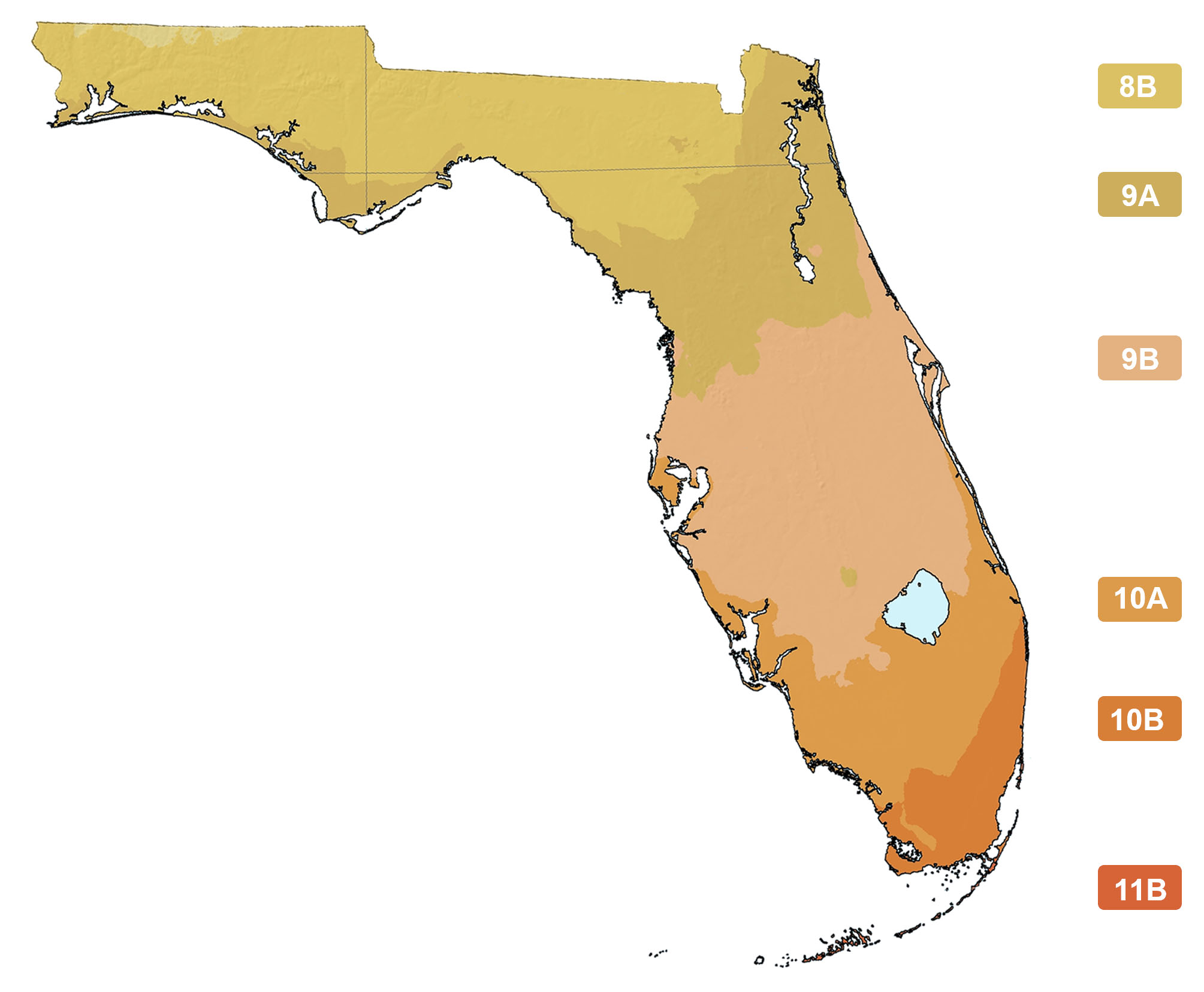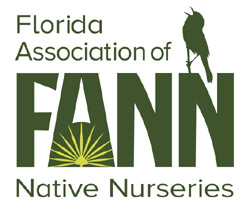Pteris bahamensis
Photographs belong to the photographers who allow use for FNPS purposes only. Please contact the photographer for all other uses.
Bahama Brake Fern, Pineland Brake Fern
Pteridaceae
Plant Specifics
| Form: | Fern | |
| Size: | 1-2 ft, spreads horizontally by rhisomes | |
| Life Span: | Long-lived perennial | |
| Flower Color: | NA | |
| Fruit Color: | NA | |
| Phenology: | Evergreen | |
| Noted for: | Interesting foliage |
Landscaping
| Recommended Uses: | Grows in clumps. Unusual in that it thrives in high light, but needs moist soil. | ||||||||||||||||||||||||||||||||||||||||||
| Considerations: | Needs periodic removal of old fronds -- cut the clumps back in winter or early spring. | ||||||||||||||||||||||||||||||||||||||||||
| Propagation: | |||||||||||||||||||||||||||||||||||||||||||
| Availability: | - | ||||||||||||||||||||||||||||||||||||||||||
| Light: | Full Sun, Part Shade | ||||||||||||||||||||||||||||||||||||||||||
| Moisture Tolerance: |
always floodedextremely dry |
||||||||||||||||||||||||||||||||||||||||||
| (Usually moist, occasional inundation ----- to ----- Not wet but not extremely dry) | |||||||||||||||||||||||||||||||||||||||||||
| Moisture Tolerance: | Usually moist, occasional inundation ----- to ----- Not wet but not extremely dry | ||||||||||||||||||||||||||||||||||||||||||
| Salt Water Flooding Tolerance: | Not salt tolerant of inundation by salty or brackish water. | ||||||||||||||||||||||||||||||||||||||||||
| Salt Spray/ Salty Soil Tolerance: | Low/no tolerance of salty wind or direct salt spray | ||||||||||||||||||||||||||||||||||||||||||
| Soil or other substrate: | Humus (organic, upland), Lime rock | ||||||||||||||||||||||||||||||||||||||||||
| Soil pH: | Alkaline | ||||||||||||||||||||||||||||||||||||||||||
Ecology
| Wildlife: |
| |
| Insects: | ||
| Native Habitats: | Pine rockland, sinkhole (edges). On limestone. |
Distribution and Planting Zones
Natural Range in Florida
USDA Zones
Suitable to grow in:
10B 11

USDA zones are based on minimum winter temperatures
Comments
| General Comments: | Bahama ladder brake hybridizes with the non-native and invasive China brake (P. vittata) forming Delchamps' ladder brake (P. x delchampsii). Bahama ladder break is threatened with extinction due to this hybridization. Because of this, we do not recommend planting Bahama ladder break -- if we plant it and there is any China brake around, we exacerbate the problem. When you find this plant in nature, please enjoy it there. Listed as threatened by the state of Florida. |



